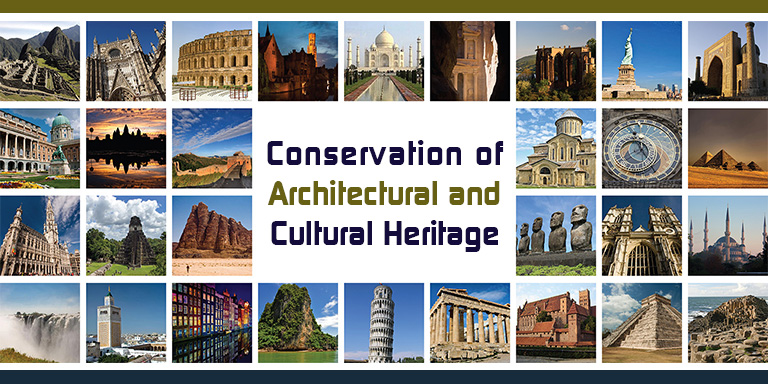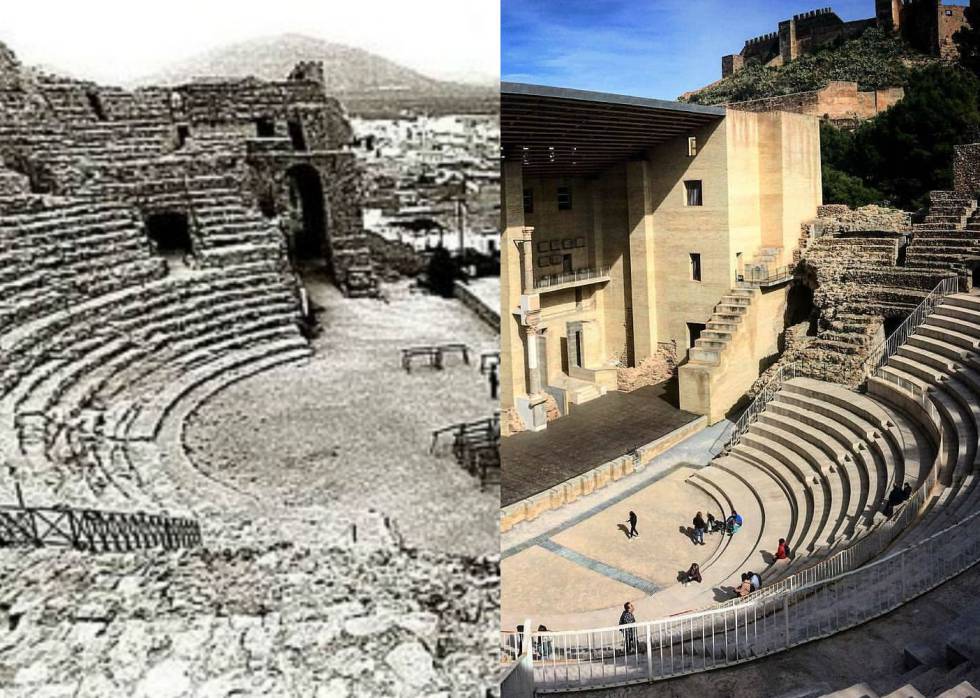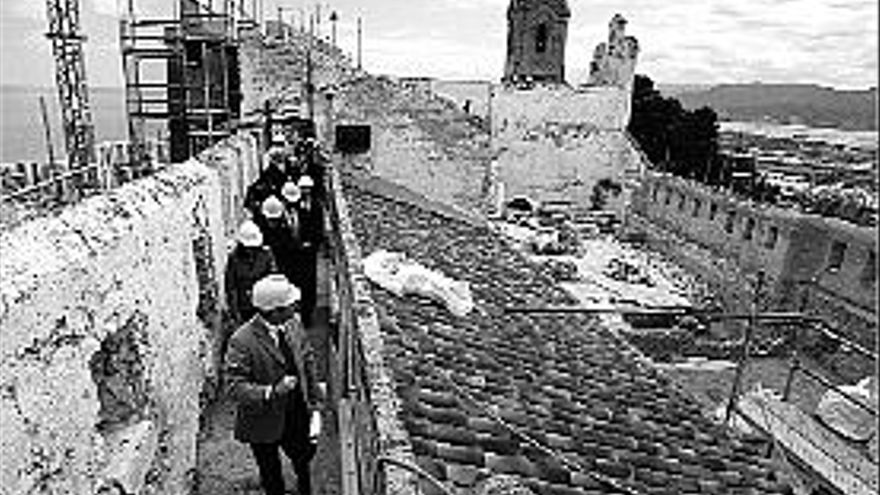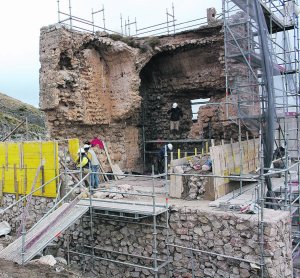Cultural heritage
When talking about cultural heritage first of all we have to know what heritage is: a set of assets acquired by inheritage; and cultural is something regarded to culture, which is a set of lifestyles, customs, knowledge and degree of artistic, scientific, industrial development, in an epoch, sociall group…

ierek.com
The Cultural Identity is the set of intangibles features that belong to and define a collective. Monuments, with their pressence and singularity, have condesed the values of the Cutural Identity, but identifying a culture only by its monuments is a mistake. Now we consider that everything thet has a historycal or artistic value is part of the Cultural Identity but also any expression, manifestation or significant testimony of human culture with documentary capacity.
Some exaples of assets that are part of the Cultural Identity are:
- Monumental architecture
- Works of art
- Minor or popular architecture
- Military and defensive architecture
- Witnesses at work (tools)
- Witnesses of industruial production
- Witnesses to agricultural culture
- Witnesses to the gastronomic culture
Why is it important to preserve the heritage?
First of all because it’s a way of not loosing the values of cultural identity. In order to protect these cultural assets and goods catalogs are created and everything inside them must be preserved. As futere architects we have to think about the value of the good on which we will intervene before taking any action or intervention.
Why do we have to preserve it?
Because of the value of them and not only the physical architectural heritage, every aspect of a building is important like: the matter, the construction techniques used, their shapes and dimensions, the colours, materials and textures used, the character and use of the building, the enviromentt that surrounds the building and its meaning.

elpais.com
How can we preserve it?
- Legislative instruments:
- To protect. Is to take legal actions, administrative rules outside the intervention on the monument itself. Different degrees of protection are often differentiated.
- Inventory. Is enumerating and describing. This is the result of list, to locate and describe a set of properties.
- To list. Is the action of cataloging that involves the enumeration, description and location of the properties, but also provides a historical study and economic valuation of a Heritage Resource.
- Interventions:
- Preservation: Operations performed on the goods to ensure survival against hazards or possible damages like enviromental incidences or the passage of time.
- Maintenance: Operations made to prolong and maintain as long as possible the original materials which the object is made.
- Consolidation: Operation made to preserve. Possibly thanks to a general strengthening like reinforcements of the estructures or of the building fabric.
- Repairing: Operations that leave in good conditions an object that was broken or deteriorated. Is to fix the damaged parts of buildings or others.
- Restoration: Operations that intervene directly on the monument and the purpose is the restituation or improvement of the legibility of the building that has been lost over the years, but trying not to alterate or falsificate its documentary nature.
- Adaptation: Operations that are able to return something to its old state of efficiency and/or functionality.
- Reconstruction: Operation of integral or partialreconstruction of the building. This is carried out in specific historical circumatances and as a consequence of traumatic events. This method is distinguished from restorating by the introduction of new materials.
- Anastilosis: Operations to put in place building elements that have fallen or scratted. This is an archaelogical term that describes operations done when a ruined building or monument is rebuilt using the original elements.
- Ripristinar: Operations that try to return the building into a known earlier state by removing accretions or by reassembling existing elements.

levante-emv.com 
guiarepsol.com 
lasprovincias.es